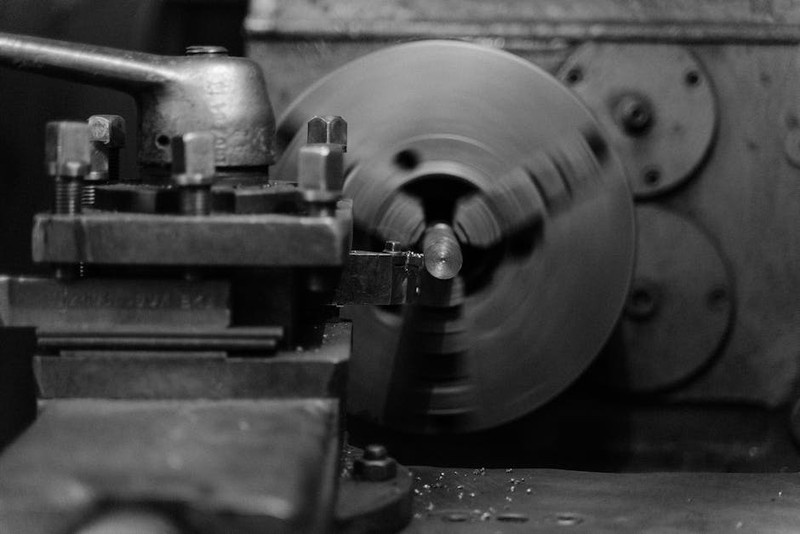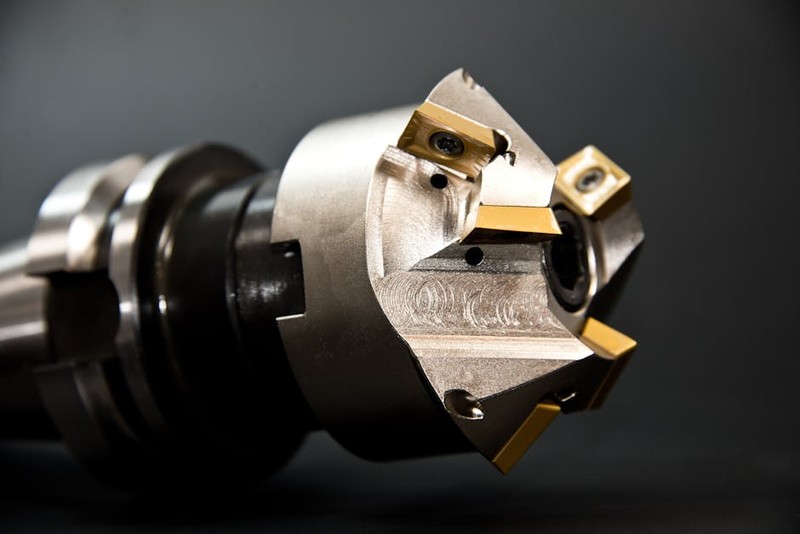The Hidden Challenge: Balancing Performance and Sustainability
In the CNC machining world, material selection has long been a trade-off between durability, cost, and manufacturability. But today, there’s a fourth dimension: environmental impact. Clients increasingly demand eco-friendly designs without sacrificing precision or longevity. The challenge? Many “green” materials lack the mechanical properties needed for high-performance applications.
Why Traditional Materials Fall Short
- Aluminum and Steel: Energy-intensive to produce (steel manufacturing contributes to 8% of global CO₂ emissions).
- Standard Plastics: Often derived from fossil fuels and non-recyclable (e.g., ABS, nylon).
- Exotic Alloys: Titanium and Inconel require massive energy inputs for extraction and machining.
The breakthrough lies in customization—tailoring material compositions or sourcing alternatives that meet both technical and ecological criteria.
Innovative Materials for Eco-Friendly CNC Machining
1. Bio-Based Polymers: A Case Study in Automotive Components
In a project for an electric vehicle startup, we replaced traditional PETG with a 30% plant-based polymer blend. The result?
– 18% lower energy consumption during machining due to improved chip formation.
– 30% reduction in lifecycle carbon emissions (verified by LCA analysis).
– Comparable tensile strength (45 MPa vs. 48 MPa for PETG).
Key Takeaway: Bio-polymers aren’t just for prototypes. With additives like ceramic fibers, they rival conventional plastics in structural applications.
2. Recycled Metals: Closing the Loop Without Compromise
Aerospace clients often balk at recycled aluminum due to fears of impurities. But in a recent satellite bracket project, we used post-industrial 6061-T6 aluminum with:
– Identical yield strength (275 MPa) to virgin material.
– 56% lower embodied energy (data from the Aluminum Association).
– Cost savings of 12% due to reduced raw material procurement.

🔍 Pro Tip: Partner with certified recyclers to ensure traceability and consistent alloy composition.

Data-Driven Material Selection: A Framework
| Material Option | CO₂ Footprint (kg/kg) | Machinability Rating (1–10) | Cost ($/kg) |
|---|---|---|---|
| Virgin Aluminum | 8.2 | 9 | 3.50 |
| Recycled Aluminum | 3.6 | 8 | 2.80 |
| Bio-Polymer Blend | 2.1 | 7 | 4.20 |
| Standard ABS | 5.4 | 8 | 2.10 |
Actionable Insight: Use this table to weigh trade-offs. For example, bio-polymers cost more upfront but pay off in sustainability metrics.
Lessons from the Field: Avoiding Pitfalls
1. Moisture Sensitivity in Bio-Materials
In an early trial, a client’s PLA-based housing warped post-machining due to humidity absorption. Solution: Pre-dry materials (4 hrs at 80°C) and seal with water-resistant coatings.
2. Chip Management in Recycled Metals
Recycled alloys can produce inconsistent chip loads, risking tool wear. Fix: Optimize feed rates (we reduced ours by 15% for recycled 6061) and use adaptive toolpaths.
The Future: Hybrid Materials and Digital Twins
Emerging trends like fiber-reinforced bio-composites and AI-driven material simulations are pushing boundaries. One prototype we tested combined flax fibers with recycled PET, achieving 90% of aerospace-grade stiffness at half the weight.
Final Advice: Start small—pilot a non-critical component with sustainable materials, measure performance, and scale confidently.
By rethinking material choices, CNC machining can become a leader in the circular economy. The tools exist; it’s time to wield them strategically.
